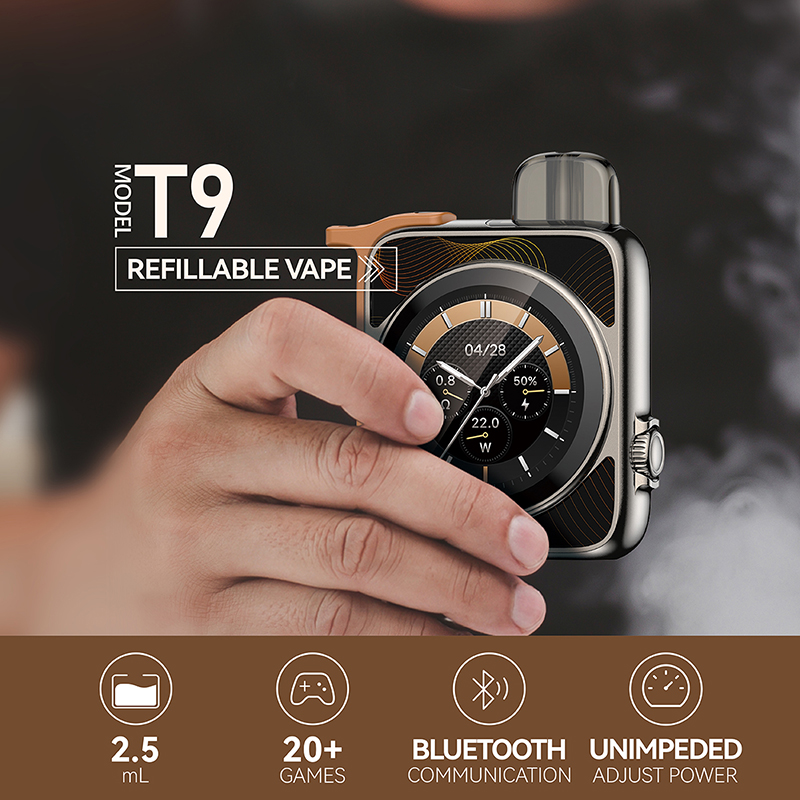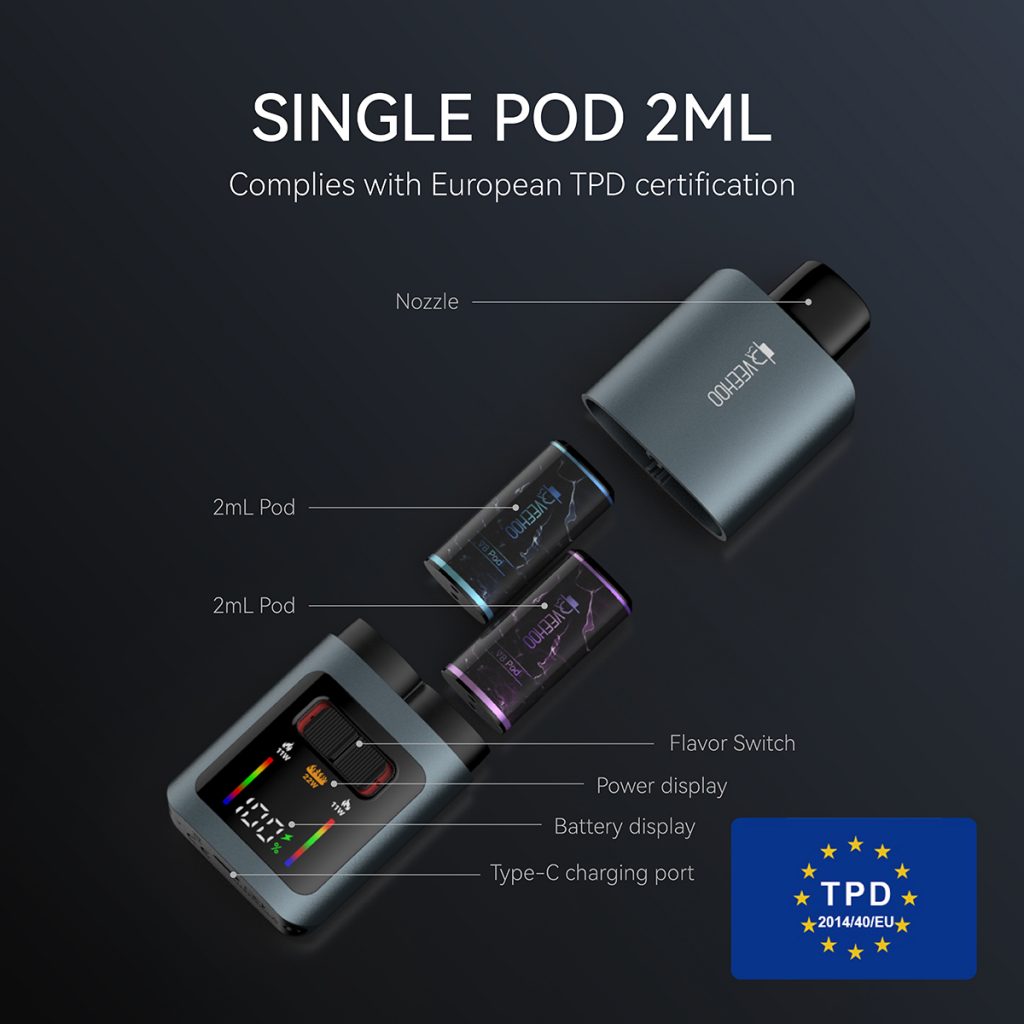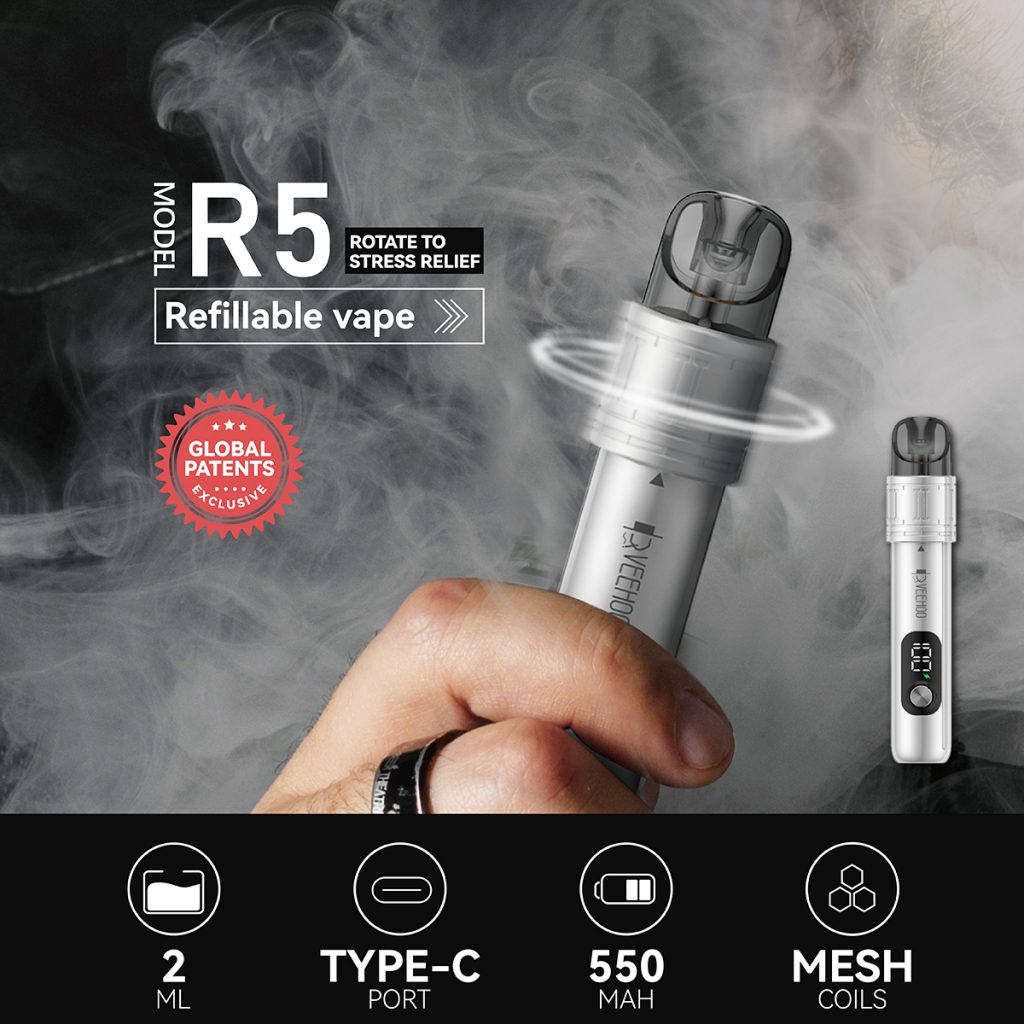When the Nepal High Court announced a preliminary ruling on June 27, 2025, allowing the import and sales of e-cigarettes to resume, it immediately attracted strong attention across the country. As a landmark judicial decision, this ruling not only affects the e-cigarette industry, but also affects multiple issues such as public health, trade supervision, judicial system and social consensus. Especially for e-cigarette retailers who were originally struggling due to the ban, this decision is like “spring rain”, opening a window for their operations and allowing the public to re-examine the positioning of e-cigarettes in Nepalese society.
The direct background of this case comes from a petition filed by merchants such as Vape Mandu Traders and multiple government departments. When health, finance, customs and other agencies jointly issued an administrative instruction to “ban e-cigarettes”, many merchants suffered blows such as customs suspension of imports, commodity seizures, and store restrictions. Nepal Customs earned more than 230 million Nepalese rupees (about 1.7 million US dollars) in taxes from e-cigarette-related trade in the past fiscal year, showing the former market size of the industry. However, the government’s ban closely revolves around Article 28 of the Tobacco Products Control Directive 2015, which completely bans e-cigarettes as traditional tobacco products.
The Patan High Court responded quickly after receiving the petition. Presiding judges Kabi Prasad Neupane and Hemant Rawal clearly pointed out that the complete ban on e-cigarette business must be based on formal legislation, not administrative orders or cabinet instructions. The court emphasized that the existing “directive” could not form a basis for restricting citizens’ legal trade, so it ordered the government to revoke the relevant ban measures, restore customs clearance rights, and allow commercial activities to continue until the final legislation is completed.
This ruling immediately triggered multiple reactions at the market and social levels. First, from the industry perspective, dozens of e-cigarette stores were able to resume purchasing and retail, no longer relying on black market channels or gray trade. This relieved the survival pressure for merchants and enabled the industry to quickly adjust inventory and marketing strategies according to formal channels. At the same time, the ruling also allowed the industry to see the possibility of using the judiciary to promote the establishment of reasonable regulatory rules.

In the fields of trade and finance, this ruling is conducive to restoring the country’s tax sources. As the data shows, Nepal’s e-cigarette import tax exceeded 230 million rupees in the last fiscal year, which is not only a profit for merchants, but also part of the government budget. If imports are banned for a long time, fiscal revenue will be greatly reduced, and the market will still tend to smuggling and underground transactions. Compared with administrative bans, establishing a sound legal regulatory system is more conducive to a win-win situation for national interests and public health.
From a public health perspective, e-cigarettes are often regarded as a “harm reduction alternative tool” for traditional cigarettes worldwide, although there are still disputes. Studies have shown that compared with traditional cigarettes, the harm of e-cigarettes may be at least 95% lower. Nepal imported about 3.2 million e-cigarette devices in the past year, which also reflects the public’s demand for alternative products and the potential of the industry market. Especially among adults, obtaining alternative products through legal channels is expected to help more smokers reduce their dependence on traditional tobacco. However, it is also necessary to be vigilant that if supervision and education are ignored, teenagers may become dependent on taste or marketing, which will become a public health problem.
In this issue, the VEEHOO e-cigarette brand has come into the public eye and demonstrated its advantages in many aspects. As a representative of compliant products, VEEHOO uses internationally certified batteries and heating technologies to design equipment that meets safety standards such as CE and UL, taking into account both performance and safety protection. The brand emphasizes functions such as automatic power off in case of overheating, short circuit protection, and multiple voltage adjustments. It also requires users to use only original chargers and avoid charging operations in high temperature environments and without supervision. In addition, VEEHOO has not only strengthened the safety of the equipment, but also optimized the taste and user experience: for example, balancing the taste and applying nicotine salt formulas, so that smokers can more easily obtain satisfactory nicotine concentrations and smoke sensations, making it easier to replace traditional cigarettes. These characteristics make VEEHOO not only accepted by the market, but also represent the “compliance and scientific power” of the e-cigarette industry in policies and public discussions.
The core contradiction of this incident is that the law has not yet been perfected and the regulatory gap is blank. But from the perspective of VEEHOO, now is a good opportunity for the brand to speak out and participate in system construction. Enterprises can take the initiative to provide supporting materials such as equipment test reports, safety assessments, and user guides to the drafters of regulations for government reference. In addition, strengthening consumer education, such as actively reminding age restrictions, safe use regulations, and health consultation resources when purchasing, will also highlight brand social responsibility and help policymakers recognize the industry’s compliance space.

The response of all sectors of society to this judgment is also worth noting. Public health experts and tobacco control advocates call for linking e-cigarettes with the protection of minors, but also recognize the right of adults to obtain safer alternatives through legal channels. They suggest that future legislation should adopt a path that combines “adult consumer category regulation + special sales license + youth protection mechanism”. The judicial ruling provides a buffer period and legal basis for this, and also reserves time for regulators to promote the introduction of more reasonable, transparent and operational regulations.
On the other hand, the media itself also has certain responsibilities: it must not only reveal the potential risks of e-cigarettes, but also balance the transmission of scientific evidence and international research results to avoid one-sided “demonization” or “harmless” propaganda. The public’s right to know information, especially between the health benefits and risks under the influence of alternative products, requires a more objective, comprehensive and rational media environment.
This incident also reminds us that institutional construction is never achieved overnight. Without scientific demonstration and the formulation of improved regulations, administrative orders or unlimited supervision alone may cause social controversy and judicial denial. In recent years, the Nepalese government has attached great importance to public health, from the public smoking ban to the unified regulation of e-cigarettes and other tobacco products, reflecting the intention to prevent and control tobacco harm. However, if there is no legislative basis for “banning imports and sales”, it will not be able to form a long-term governance effect through self-discipline, nor can it deal with side effects such as tax evasion and market smuggling.
From an international perspective, Nepal’s judgment is also typical. Many countries face policy design contradictions in managing e-cigarettes: seeking a balance between controlling tobacco harm and preventing and controlling youth use; weighing tax revenue and public health goals; reaching a consensus between procedural rule of law and administrative efficiency. The Nepalese court chose to emphasize the principle of “legal priority”, which will help to improve the level of public policy discussions and provide a broader space for the industry to participate in legislation and rule setting.
For consumers, the e-cigarette products that were originally banned in the Nepalese market, including many compliant brands such as VEEHOO, are re-entering the circulation track. Users can purchase products and related accessories through formal channels and enjoy brand safety guarantees and after-sales services. At the same time, consumers should also keep in mind the correct method of use, not to replace batteries without authorization, not to adjust equipment illegally, and not to accept illegal flavor modifications to maintain their own health and safety.
Combining this incident with the industry landscape, the possible future direction is worth observing. If the government promotes legislation in the next few months to establish a comprehensive system of supervision including import licenses, tax rate settings, age restrictions, product standards, and advertising specifications, the e-cigarette industry will continue to develop under a clear regulatory framework. Brands such as VEEHOO, which take safety as their core competitiveness, will be expected to win the dual trust of the market and the public in this process and become one of the important forces in the e-cigarette industry in Nepal and even in South Asia.

At the end of the article, it is worth looking forward to: The move by the Nepal High Court not only temporarily revitalized the e-cigarette market, but also conveyed to the administrative system and society: law is the basis of governance, and procedures are the premise of decision-making. If e-cigarettes are regarded as public health tools, their management path must be scientific, transparent and have supporting regulations. In this process, brands like VEEHOO should assume the mission of “not only selling products, but also building systems”, actively participate in legislative consultations, and promote the industry and the government to move towards a new stage of sustainable governance.
In short, this court ruling is the starting point for the standardization of Nepal’s e-cigarette industry, not the end point. It calls for institutional reconstruction and the symbiosis of technology and market compliance. For VEEHOO, it is an opportunity for market recovery and a responsibility to participate in social construction. If all stakeholders work together at the regulatory, judicial, corporate and public levels, Nepal will be able to achieve a win-win situation of “e-cigarettes can reduce harm and be safe and controllable”, ushering in a new era of the industry that emphasizes both health and law.
Tags: ceramic atomizer core, e-hookah, flavored e-cigarettes, veehoo vape